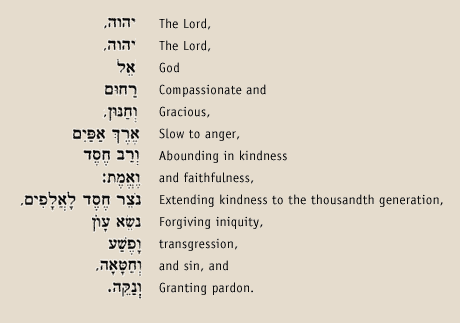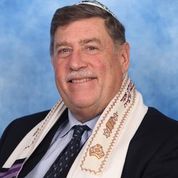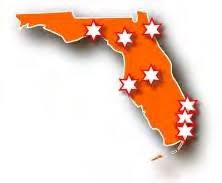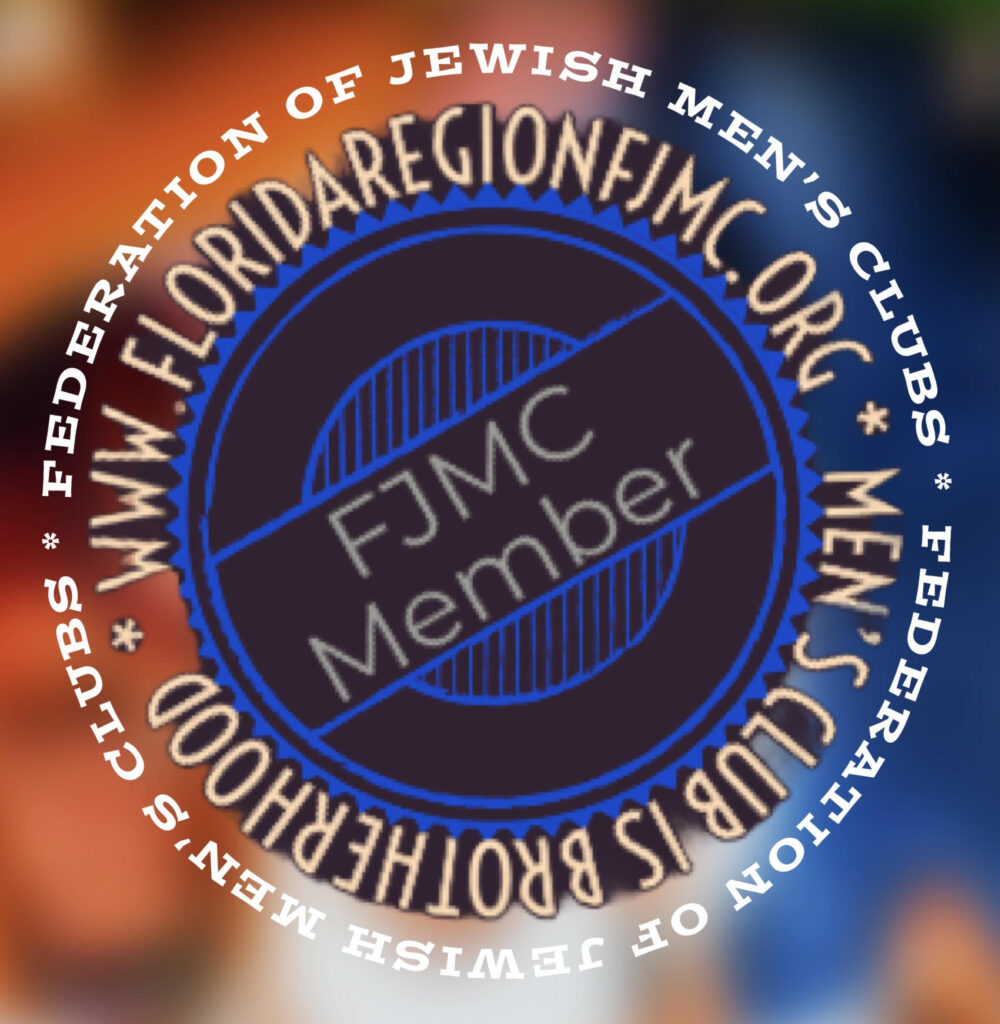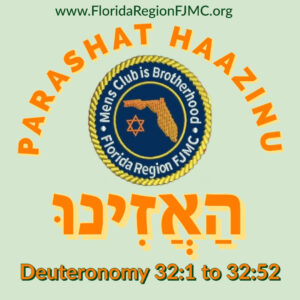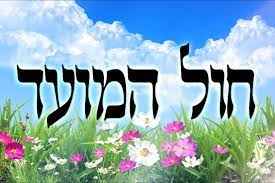
When you Choose Shabbat, you choose to learn that every Shabbat is different and special. This week I shook a lulav and etrog and learned all about Sukkot, a Torah-commanded holiday of gratitude and joy that is celebrated for seven days beginning on the 15th day of the month of Tishrei. Sukkot marks the end of the Torah reading cycle, taking us from the creation of the universe through Egypt and the wilderness to stand on the brink of entering the Promised Land. As Sukkot concludes we celebrate Simchat Torah and begin a new cycle of weekly Torah portions.
When Shabbat occurs on Chol Hamoed of either Sukkot or Passover, we read Exodus 33:12–34:26 containing “the Thirteen Attributes of G-d”; G-d is compassionate, gracious, slow to anger, abounding in kindness and faithfulness, extending kindness to the thousandth generation, forgiving inequity, transgression and sin and granting pardon.
Rabbi Michael D Klein of Temple Torat Emet offers his insights on Shabbat Kol Hamoed Sukkot for Shabbat October 19, 2024 aka 17 Tishrei 5785:
“It seems perhaps, odd, that the Torah reading selected by our Sages for Shabbat Chol Hamoed Sukkot recalls Moses return to Har Sinai seeking G-d’s forgiveness for the sin of the golden calf. Even more incongruous is the reading of Kohelet (Ecclesiastes) on the very same day.
While, the concluding verses of the Torah reading contain the commandments to observe the three Pilgrimage Festivals, the major component of the Torah reading is Moses seeking forgiveness for Israel and invoking the 13 attributes of mercy from G-d! What a strange reading on a holiday which is called “Zman Simchatenu: The Time of Rejoicing”. Rabbi Andy Shapiro Katz posits this connection. When the Children of Israel sinned by forming and worshiping the golden calf, the cloud of glory which protected them from the time of their exodus from Egypt departed.(17 th of Tammuz). Moses saw what had transpired and broke the first set of stone tablets (Tisha B’Av) and then sought atonement for the people (Yom Kippur). Moses then re-ascended Har Sinai to seek G-d’s mercy for the people and G-d descended to interact with Moses in a cloud which occurred on Sukkot. Thus, the Sukkah represents G-d’s eternal protective presence and is connected to the clouds of glory which represent Hashem’s protection just as the Sukkah represents the protection for all those who dwell within it. The cloud of G-d’s protection then reappeared in the Mishkan and the people then showed gratitude to G-d for divine mercy which was invoked by Moses during Sukkot thus meriting the second set of Tablets which were brought down on Hoshana Rabba.
Why then read Kohelet on this day? Rabbi Akiva z”l suggests that Kohelet was written by King Solomon later in his life, in retrospect, this teaches us that even in celebration of joyous days we should always maintain a sense of introspection and awareness of the real reasons for celebration. We show appreciation for G-d’s protection and the many gifts that G-d has granted us throughout our lives and that we should focus on what is real and meaningful and eschew the material and superficial to attain real happiness and fulfillment.
Chag Sameach and Shabbat Shalom!
Rabbi Mike Klein
Questions to Ponder:
- Why is Sukkot not specifically mentioned in the Torah reading but referred to as the Chag of Ingathering?
- Why does Sukkot coincide with the time of harvest?
- Why is there a stern warning contained in the Torah portion against idolatry?”
Rabbi Michael D. Klein attended Yeshiva College of South Florida and served as Torah Reader, Hebrew teacher, Chazzan and spiritual leader of various synagogues throughout South Florida. In January 2015 he became Ritual Director, Bnai/Bnot Mitzvah instructor and 7th grade Hebrew instructor for Temple Torat Emet of Boynton Beach. In October 2019 he was accepted into an accelerated track and received his smicha from Yeshiva Adath Wolkowisk and has been the Rabbinic leadership of Temple Torat Emet since August 2020. In September of 2022 he was appointed Rabbinic and Spiritual Advisor of the Florida Region of FJMC.
Choose Shabbat; choose to celebrate, to light candles, sing songs and learn a little Torah.
This moment of Jewish learning is brought to you by the Florida Region of the Federation of Jewish Men’s Clubs (FJMC). We serve the needs of affiliated Men’s Clubs and Brotherhoods throughout the State of Florida. Learn more about the FJMC Florida Region and our growing network of Jewish Men’s Clubs and Brotherhoods at: www.floridaregionfjmc.org and please visit & LIKE our Facebook Group at: www.facebook.com/FloridaRegionFJMC.
The FJMC is a confederation of over 200 Jewish Men’s Clubs and Brotherhoods representing over 20,000 members across the United States, Canada, Latin America, and beyond. Learn how YOUR Jewish Men’s Club or Brotherhood can affiliate with the FJMC at: https://fjmc.org/for-clubs/affiliating-with-the-fjmc/.

